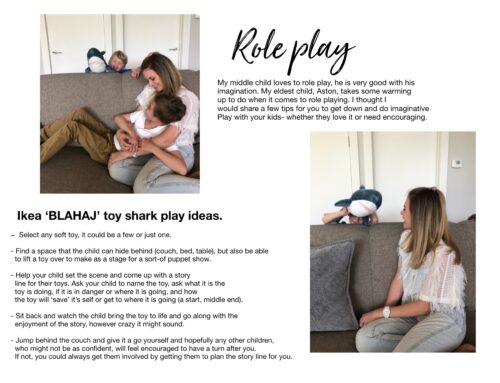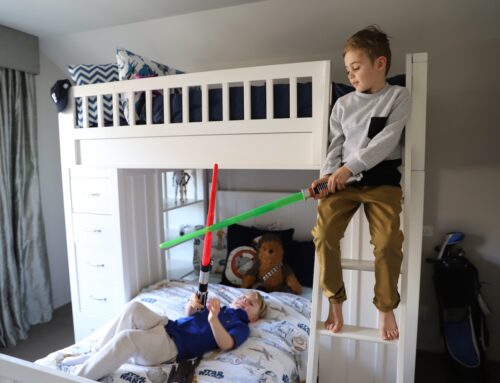
by Richelle Franklin @sleeprighttonight
Argh! Naps sure can get a parent down! Naps that are too short or naps that don’t follow any predictable pattern can make for a tired and grumpy baby – and Mum!
It is especially frustrating when you baby or toddler has been napping beautifully and then things suddenly go pear-shaped. If you’re struggling with short or erratic nap patterns, don’t worry – I can help.
- Remember that great day time sleep equals better night sleep. Missed naps lead to overtiredness and overtiredness can lead to more night wakings. It is important to let your little one nap consistently each day. Wherever possible, allow them to nap in their cot for as many naps as possible.
- Watch for sleep cues. Yawning, rubbing eyes, vacant stares – these are all signs that it’s probably time for a nap. If your baby is fussing, they are probably already overtired. If you find this is frequent occurrence with your little one, watch their cues more closely, and aim to put them down for a nap a little earlier than you have been.
- TV and sleep don’t mix. Avoid using the TV as a pre-nap tool to calm your child. Keep your little one’s TV or screen time to a minimum and ensure that it happens well before or well after nap time.
- Schedule is the key. Naps need to be spaced around feed times, but you also need to make sure nap time isn’t happening too close to morning wake up or bedtime. Monitoring awake times for age is the best way to set a nap schedule that is age appropriate for your little one.
- Keep your nap schedule consistent. You don’t necessarily need to be to the minute, but keep in mind that naps on the go are not as restful as naps that happen at home in a cot. If you have a busy schedule, try to make sure that at least the first nap of the day is at home.
- A dark and quiet room make for great naps. Try to make your little one’s room as dark as possible for nap times. If there is outside noise, white noise will often help to block out any external noise and help your little one sleep longer.
- If your baby is refusing to nap, take a break and try again shortly. If your baby is fighting a nap, try for one hour then take a break. Take them out of their room for 20 minutes and try again.
- Bedtime routines are great – and so are nap routines. It need only be a short routine, but it will help your baby to know that nap time is coming. A story, a cuddle before bed, and repeating your phrase, “it’s sleepy time now”, or “Its time for nigh nighs soon” will help cue your little one that it is almost nap time. Keep it short, but make sure it’s cozy and relaxing.
- Nap transition. If your little one was napping fine but is now suddenly taking longer to fall asleep, it may be time to adjust their length of awake time. Or, if your little one is not napping at all they may be ready to drop a nap. Be wary of this though! These nap issues may coincide with developmental stages. I would only suggest dropping a nap if your little one does not fall asleep for their nap for at least 5 out of 7 days for a period of at least two weeks.
- If you’re sleep training your little one and working on teaching your baby to fall asleep independently, keep in mind that nap training is tougher than night training. I would recommend you begin sleep training at bedtime. Once you’ve conquered falling asleep at bedtime, nap times will follow.
Many parents think that sleep consultant’s only work at solving night time issues. Day and night sleep are intrinsically linked, and more often than not it is the nap schedule that needs adjusting to ensure better quality sleep for both day and night. If you feel you need some assistance with your little one’s schedule visit www.sleeprighttonight.com.au to book a call with Richelle today.







Leave A Comment